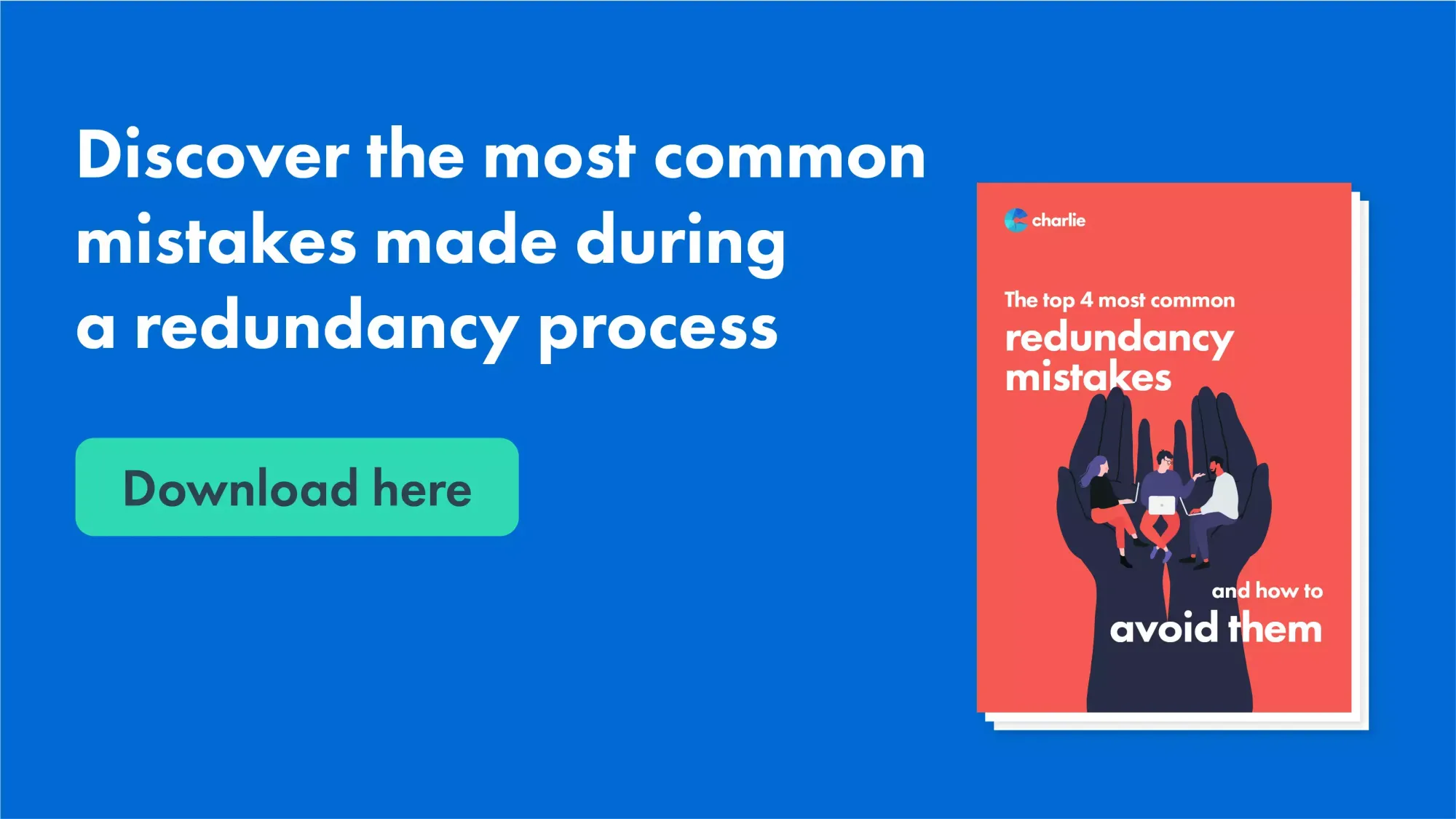Small Business Closing Employee Rights UK: What You Need to Understand About Redundancy
Wiki Article
Discovering the Operational Characteristics of Firm Redundancy and Its Long-Term Sustainability
Redundancy Techniques for Service Continuity
In order to make sure undisturbed operations, companies should apply efficient redundancy strategies for company connection. Redundancy in this context refers to the replication of crucial elements or features within a system to minimize the effect of prospective failings. By integrating redundancy techniques, companies can improve their resilience against interruptions brought on by numerous elements such as natural disasters, devices failings, or cyber-attacks.
One common redundancy approach is the implementation of backup systems and information storage space solutions. This entails creating duplicates of necessary data and systems that can be activated in instance of a primary system failure. In addition, companies can establish redundant interaction channels and source of power to keep connection and procedures throughout unanticipated occasions.
In addition, cross-training workers to carry out multiple roles within the business can offer as a valuable redundancy strategy. This ensures that essential jobs can still be brought out even if crucial workers are not available because of health problem or various other reasons. In general, reliable redundancy approaches are vital for companies to support operational connection and minimize the impact of potential disruptions.
Impact of Redundancy on Organizational Durability
Given the crucial role redundancy techniques play in making sure business continuity, discovering the influence of redundancy on organizational strength comes to be important for comprehending the all natural functional characteristics of a company. Redundancy, when purposefully applied, can considerably add to boosting an organization's resilience in the face of unforeseen obstacles.In addition, redundancy can strengthen employee morale and self-confidence, understanding that there are contingency plans in position to resolve unanticipated conditions. This sense of protection can bring about increased productivity and a much more positive workplace. In addition, redundancy can cultivate technology and creative thinking within an organization as workers really feel equipped to take calculated threats, knowing that there is a safeguard to support them in situation of failure. Overall, the effect of redundancy on organizational durability is extensive, shaping the long-lasting sustainability and success of a company.
Balancing Efficiency and Flexibility in Redundancy
Attaining a harmonious stability between functional effectiveness and flexible flexibility is an essential challenge in the calculated deployment of redundancy within companies. Effective operations are essential for maintaining productivity and cost-effectiveness, making sure that sources are made use of ideally. Nevertheless, extreme emphasis on efficiency alone can bring about strength, making it tough for companies to adapt to unanticipated changes or difficulties. On the various other hand, flexibility why not try these out enables companies to react nimbly to advancing circumstances, cultivating innovation and resilience. Yet, way too much adaptability without a strong functional foundation can lead to inadequacies and inconsistency.To stabilize efficiency and adaptability in redundancy planning, companies must meticulously evaluate their operational demands, market dynamics, and calculated objectives. Eventually, locating the right stability between effectiveness and versatility is critical for building a sustainable and durable organization in the face of uncertainty.
Long-Term Sustainability Through Redundancy Preparation
To make sure enduring stability and security, companies should strategically straighten their redundancy planning with long-term sustainability objectives, therefore balancing operational effectiveness with adaptive versatility. Lasting sustainability via redundancy planning entails more than just short-term cost-cutting procedures. It requires a detailed critical strategy that anticipates future obstacles and possibilities. Companies need to watch redundancy not as a responsive option to instant issues but as a positive strategy for long-lasting success. By incorporating redundancy planning with sustainability goals, companies can develop a resistant framework that can stand up to various market fluctuations and internal modifications.
Proactive Steps for Sustainable Business Operations
How can companies proactively enhance their functional sustainability for lasting success? Implementing proactive measures is important for firms aiming to guarantee this lasting operations.Moreover, fostering a culture of continual renovation and knowing within the organization can enhance versatility to transforming market conditions and consumer needs. Encouraging employee involvement in decision-making processes and supplying opportunities for expert growth can boost spirits, efficiency, and general performance. Establishing clear goals, checking vital efficiency indications, and frequently assessing progress are essential parts of proactive sustainability management.
Working together with suppliers, customers, and other stakeholders to promote sustainable methods throughout the supply chain can develop a causal sequence of positive influence - redundancy pay if company goes bust. By taking proactive steps in the direction of functional sustainability, firms can develop resilience, drive technology, and protect their lasting success in an ever-evolving business landscape
Final Thought

In the world of organizational monitoring, the tactical deployment of company redundancy stands as a pivotal yet detailed practice that demands a delicate balance between functional effectiveness and lasting stability. By exploring the operational dynamics that underpin firm redundancy and reviewing its wider implications for business resilience and flexibility, a nuanced understanding of how redundancy approaches can shape the future trajectory of a firm starts to unravel.Given the essential function redundancy strategies play in ensuring business continuity, discovering the effect of redundancy on organizational resilience comes to be critical pop over here for understanding the all natural operational dynamics of a company. On the whole, the impact of redundancy on organizational resilience is profound, shaping the long-term sustainability and success of a firm.
In conclusion, comprehending the functional dynamics of firm redundancy is important for ensuring long-term sustainability.
Report this wiki page